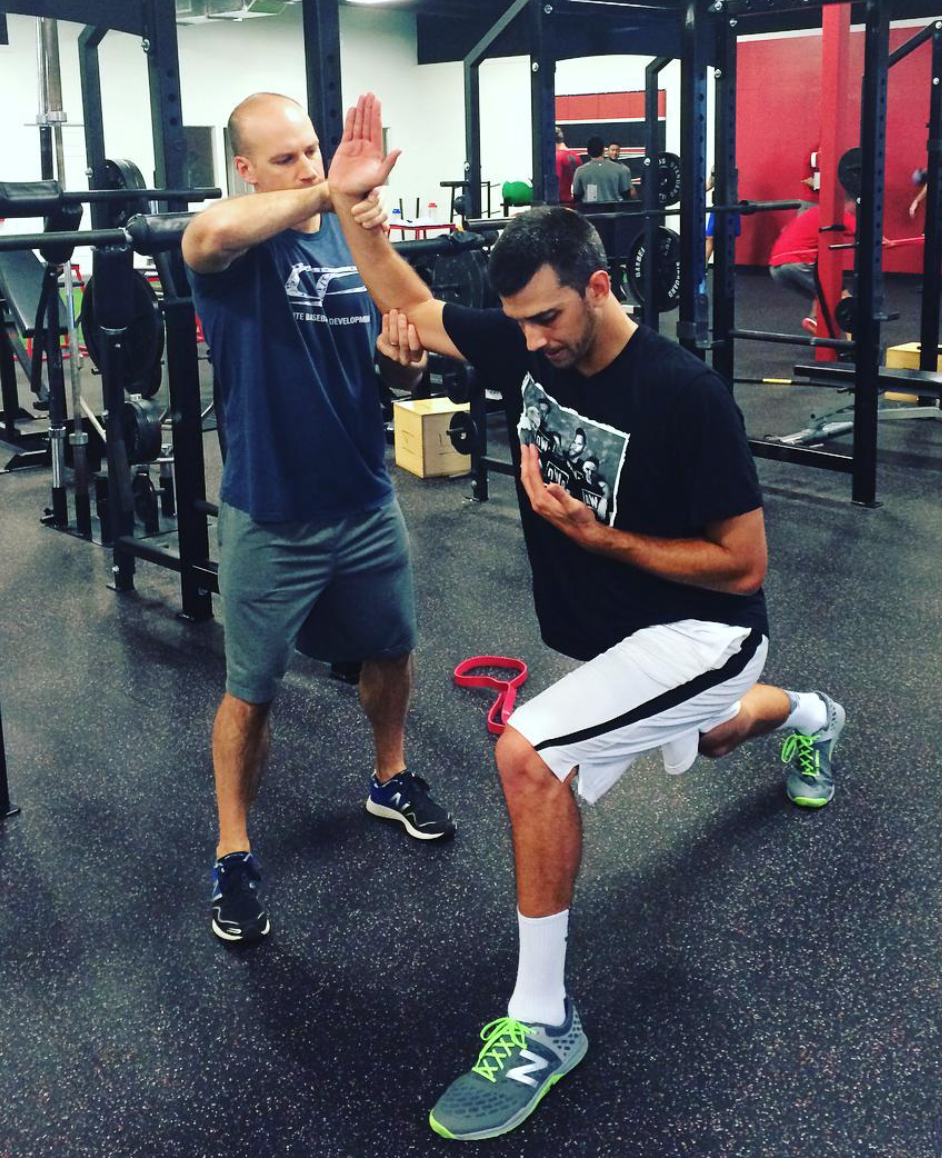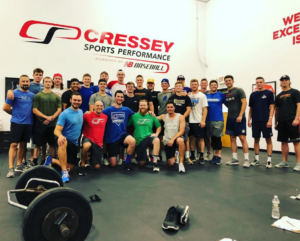
When Pitching Goes Poorly: 5 Strategies for Righting the Ship
Pitchers can struggle for a number of different reasons, whether it’s command, velocity, “stuff,” or actual pain/soreness. Historically, when players run into these tough patches, they’ve been conditioned to look to their mechanics first – and often unnecessary modifications are made on this front before looking deeper into the situation. With that in mind, I thought I’d use today’s post as a quick look at some of the other “big picture” considerations.
1. Health
Very simply, if you hurt, it will alter movement patterns. It will change the way that you prepare and, in turn, execute pitches.
When it comes to optimizing pitching performance, the challenging thing (and this will sound crazy) about pain is that it can be covered up. Anti-inflammatories/pain killers can make symptoms and allow throwers to get away with bad patterns over an extended period of time.
2. Movement Quality
There are also instances where an athlete may have a significantly out-of-whack movement pattern, but without any symptoms. The goal with these individuals is obviously to optimize movement quality to get improvements without having to touch mechanics – and before pain kicks in.
Don’t take mechanics solutions to athleticism problems. Before tinkering w/mechanics, make sure a pitcher can jog to mound w/out tripping.
— Eric Cressey (@EricCressey) August 17, 2017
3. Fatigue
Fatigue both acutely (within a game) and chronically (over the course of a season) can markedly impact a pitcher’s consistency. It’s a topic that also warrants much deeper digging, too, as it can be impacted by nutrition, initial work capacity, sleep quality, environmental conditions, and a host of other factors. We know that fatigue impacts not only mechanics, but also the motor learning we’re trying to achieve in our preparation work.
4. Extrinsic Factors
Some guys pitch (and feel) terribly in cold weather. For others, really hot, humid days are the problem.
Pitching on a poorly maintained mound can minimize the effectiveness of even the most elite pitchers.
Throwing to an inferior catcher – or in front of a bad umpire – can have a dramatically negative impact on pitchers’ success.
Only some of these factors can be modified, but the important thing is being able to recognize them so that you don’t automatically assume that the struggles are coming from a different category from this list.
5. Feel
This is likely the most subjective and hard-to-describe issue. Some days, guys just don’t have “feel” for a particular pitch on a given day, week, or month. At the younger levels, it is usually secondary to one of the first four factors I’ve outlined. At the more advanced levels, though, you almost have to chalk it up to a bit of random variation. Even the best pitchers on the planet have some considerable variation in their spin rates and extension numbers from pitch-to-pitch (as I outlined in a previous blog, Are Pitching Mechanics Really That Repeatable?)
I think this “feel” discussion reminds us that we don’t want to throw the baby out with the bath water just because a guy struggles in one outing. When someone is struggling on the mound, look for trends and ask a lot of questions.
Wrap-up
These factors don’t exist in isolation. For example, sometimes a physical issue (e.g., shoulder pain) can become a mechanical issue (e.g., lower arm slot). Moreover, thoracic outlet syndrome would qualify as a condition that spans the health, movement quality, feel, and fatigue realms.
Best thoracic outlet syndrome quote I’ve ever heard: “Throwing should be like riding a bike, but I can’t even find the pedals.”
— Eric Cressey (@EricCressey) July 12, 2016
There is a time and place for mechanical corrections, but before you go down that path, check these factors out first. We apply this sequential approach to development with all of our pitchers, aiming to identify “big rocks” early on that will deliver the most profound performance improvements.
This comprehensive approach to developing pitchers will be utilized heavily in our Elite Collegiate Baseball Development Summer Program. For more information, click here.




